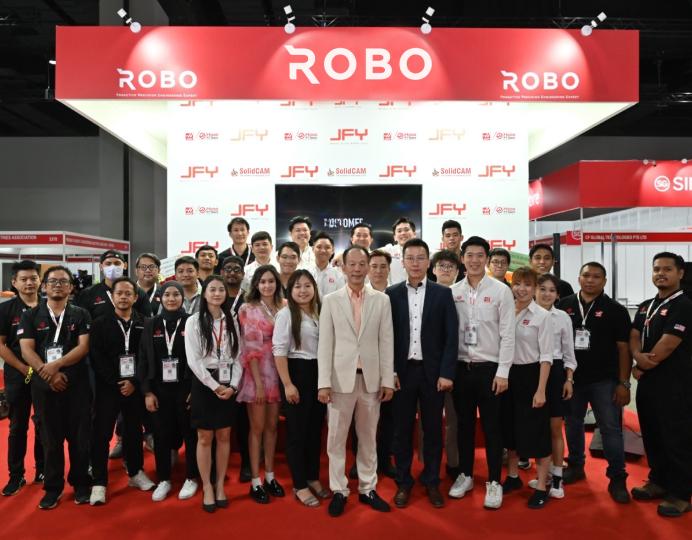How do CNC Machines Work? - B & A Precision Engineering

CNC (Computer Numerical Control) machines have revolutionized the field of precision engineering by automating the machining process, enabling makers to generate complex get rid of exceptional precision and effectiveness. This blog checks out how CNC machines work, their components, and the most up to date trends in CNC machining technology.
Understanding CNC Machining
This technique permits high precision and repeatability, making it suitable for creating intricate parts throughout various industries, including automotive, aerospace, and clinical sectors. The core of CNC machining depends on its ability to convert digital designs into physical products via automated processes.
The Process of CNC Machining
Design Phase: The process begins with creating a detailed design utilizing Computer-Aided Design (CAD) software. Designers create 3D models that specify the dimensions and features of the part to be made.
Programming: Once the design is total, it is translated into a collection of directions that the CNC machine can understand. This typically involves generating G-code, which provides precise coordinates and commands for the machine's activities.
Setup: The operator secures the work surface onto the CNC machine and loads the set directions into the Machine Control Unit (MCU). The MCU serves as the mind of the CNC machine, translating the G-code and controlling the machine's procedures.
Machining Operations: With everything established, the CNC machine begins its work. It relocates cutting devices along specified courses to shape the material according to the design. Advanced machines may feature automatic device changers, enabling multiple operations without hands-on intervention.
Quality assurance: After machining, parts go through rigorous high quality checks to ensure they satisfy specified resistances and standards. This step is crucial in precision design, where also minor inconsistencies can result in significant issues in functionality.
Key Components of CNC Machines
CNC machines consist of several necessary components that work together to accomplish high precision:
Machine Control Unit (MCU): This is the central hub that processes input commands and regulates all machine functions.
Input Devices: These devices enable drivers to input design data into the CNC system.
Drive System: Responsible for moving the cutting devices or work surfaces according to programmed directions.
Feedback Systems: These systems monitor the setting and rate of machine components, ensuring precise implementation of commands.
Advantages of CNC Machining
The benefits of CNC machining are numerous:
Precision: CNC machines can attain tolerances cnc lathe machine as tight as ± 0.1 mm, making them suitable for applications requiring high accuracy.
Effectiveness: Automated refines reduce production time substantially contrasted to manual machining.
Flexibility: A solitary CNC machine can execute various procedures such as milling, turning, and boring, making it appropriate for varied manufacturing needs.
Lowered Human Error: Automation minimizes human involvement in critical processes, decreasing the probability of blunders.
Latest Trends in CNC Machining Technology
As technology remains to evolve, several trends are shaping the future of CNC machining:
Integration with IoT: The Internet of Things (IoT) is progressively being incorporated into CNC machines, enabling real-time surveillance and data collection.
Advanced Materials: The usage of composite materials and advanced alloys gets on the surge in precision design. CNC machines are currently equipped to handle these materials effectively, expanding their application range.
Additive Manufacturing Synergy: Combining traditional subtractive methods with additive manufacturing (3D printing) is ending up being typical. This hybrid method enables producers to create complicated geometries that were previously challenging or impossible to accomplish.
AI and Machine Learning: Artificial intelligence is being used to optimize machining processes by predicting tool wear and suggesting changes in real time based upon efficiency data.
Sustainability Practices: There is an expanding focus on sustainable manufacturing practices within precision engineering. Companies are taking on energy-efficient machines and environmentally friendly materials to decrease their environmental impact.
Verdict
CNC machining stands at the center of modern manufacturing, driving innovations in precision design with automation and technological integration. By understanding how these machines operate and welcoming new trends, suppliers can improve their production capabilities while maintaining high standards of top quality and effectiveness. As industries continue to evolve, CNC machining will certainly continue to be a critical component in meeting complex manufacturing needs.
For those curious about checking out how CNC machining can benefit your projects or seeking precision-engineered components, B & A Precision Engineering offers expert solutions tailored to your needs. With our cutting edge equipment and skilled team, we ensure rapid turnaround times without jeopardizing on quality-- making us a trusted companion in your manufacturing journey.
